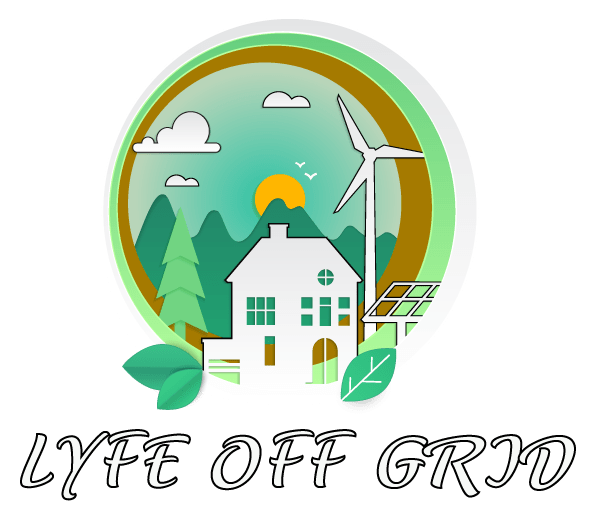Adopting a sustainable, eco-friendly lifestyle is often seen as a luxury that many people can’t afford. From investing in energy-efficient appliances to making the switch to eco-friendly transportation, the financial commitment can seem overwhelming. However, the truth is that there are ways to integrate green living into your life without breaking the bank. Financial assistance programs are here to help, making it easier for you to adopt sustainable practices while also saving the planet.
In this article, we’ll explore how financial assistance can support your efforts to go green, whether it’s reducing your carbon footprint, embracing renewable energy, or living a more sustainable lifestyle.
Funding Energy-Efficient Home Upgrades
One of the biggest barriers to adopting an eco-friendly lifestyle is the initial investment in energy-efficient upgrades for your home. Replacing old appliances with energy-efficient models, upgrading insulation, or installing smart thermostats can drastically reduce your energy consumption and carbon footprint. However, the cost of these upgrades can be prohibitive.
Financial assistance programs can make these upgrades more accessible by covering part or all of the expenses. Whether it’s through grants, subsidies, or low-interest loans, these programs are designed to ease the burden of the initial cost, allowing you to make energy-saving improvements to your home. By embracing energy-efficient appliances and systems, you not only contribute to saving the planet but also enjoy long-term savings on your utility bills.
Supporting Green Transportation Choices
Another significant way to reduce your environmental impact is by switching to greener transportation options, such as electric vehicles (EVs) or hybrid cars. However, the upfront cost of these vehicles can be a challenge, even though they offer significant savings in fuel and maintenance over time.
Through financial assistance, you can access subsidies or rebates that make EVs more affordable. Many governments, organizations, and utilities offer incentives for purchasing electric or hybrid vehicles, helping you lower your carbon footprint while saving money. Additionally, tax credits are often available to encourage the adoption of green vehicles, further easing the financial strain.
By taking advantage of these financial opportunities, you can make the switch to more eco-friendly transportation without the heavy financial burden, allowing you to reduce both your environmental impact and your overall expenses.
Making Sustainable Living More Affordable
Living sustainably doesn’t just involve energy-efficient homes or electric vehicles—it also extends to our everyday choices, from food to clothing and products we buy. Many eco-friendly products, such as organic food, eco-conscious clothing, and sustainable home goods, come at a premium price compared to their conventional counterparts. But with the right financial assistance, making these sustainable choices can become much more affordable.
Some programs and initiatives are dedicated to making green products more accessible to the general public. These programs can offer discounts or even provide cash incentives for purchasing environmentally-friendly items. Whether it’s buying locally sourced food, choosing plastic-free alternatives, or investing in fair-trade goods, these financial incentives help lower the cost of eco-friendly options, making them accessible to more people.
Improving Waste Management and Recycling Efforts
Waste management and recycling are vital components of sustainable living, but they often come with additional costs—whether it’s purchasing recycling bins, paying for waste disposal services, or setting up a home composting system. Fortunately, financial assistance can ease these costs, encouraging more people to recycle and reduce waste.
Some municipalities and organizations offer subsidies or vouchers for purchasing composting equipment or recycling bins. Others may provide free or discounted access to recycling programs, making it easier for you to engage in eco-friendly waste management. These incentives not only reduce waste in landfills but also promote responsible consumption habits, which are key to preserving our planet’s resources.
Supporting Renewable Energy Adoption
One of the most effective ways to reduce your carbon footprint and contribute to a greener planet is by embracing renewable energy sources, such as solar or wind power. However, the initial investment to install solar panels or wind turbines can be prohibitively expensive for many homeowners.
Financial assistance programs can play a pivotal role in helping you make the transition to renewable energy. Many governments offer incentives, tax credits, or grants to encourage the use of solar panels, wind turbines, and other green energy solutions. These financial programs can cover a substantial portion of the installation cost, making renewable energy more affordable and accessible for homeowners.
By utilizing these financial benefits, you can switch to clean, renewable energy sources, reducing your reliance on fossil fuels and cutting down your carbon footprint—all while saving money in the long run.
The Long-Term Impact: Financial Assistance as a Tool for Sustainable Change
The importance of financial assistance in helping people go green cannot be overstated. These programs not only make it easier for individuals and families to adopt sustainable lifestyles but also contribute to larger environmental goals. By reducing the initial cost barriers, financial assistance allows more people to make eco-friendly choices, which leads to a broader collective impact.
When more people can afford energy-efficient homes, sustainable transportation, green products, and renewable energy sources, the overall effect is a reduction in carbon emissions, waste, and resource depletion. The financial benefits are clear: in addition to saving the planet, you’ll be able to lower your utility bills, reduce transportation costs, and make responsible purchases—all contributing to a healthier bottom line.
While going green may seem like an expensive and daunting endeavor, financial assistance is making it easier and more affordable than ever to adopt an eco-friendly lifestyle. Whether it’s upgrading your home, transitioning to renewable energy, purchasing sustainable products, or embracing green transportation, there are numerous ways to access the financial support you need to make these changes.
By utilizing financial assistance, you’re not only reducing your environmental impact but also improving your quality of life. The investment in green choices is not just a benefit for you, but for the planet and future generations. With the right support, living sustainably becomes an attainable goal that’s good for both your finances and the environment.

